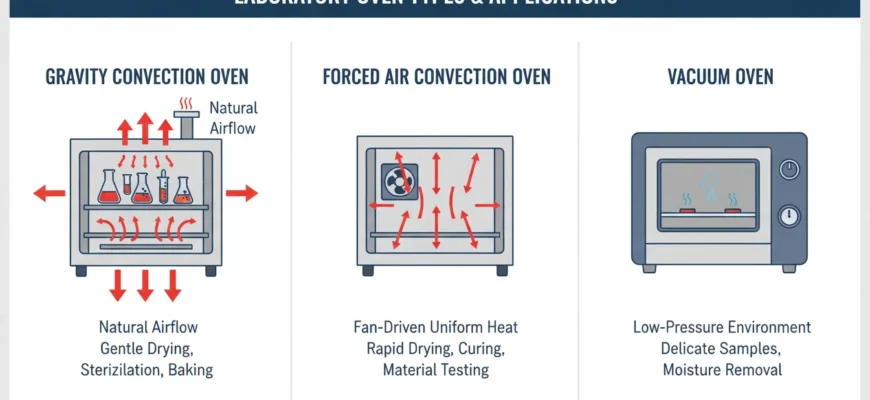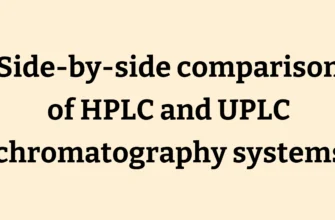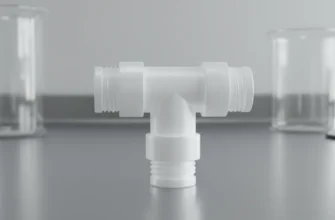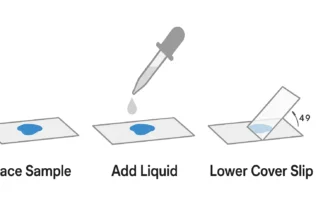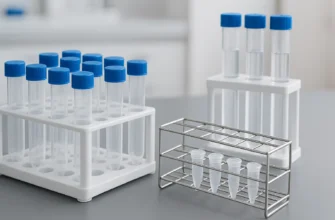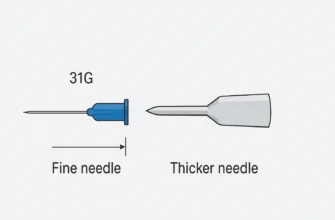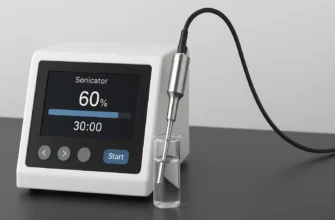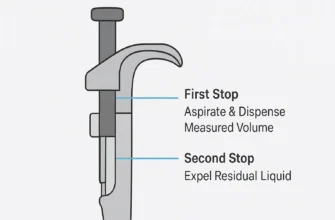Understanding Laboratory Oven Types and Their Uses
Main Takeaway: Selecting the right laboratory oven—gravity convection, forced air convection, or vacuum—requires matching its heating method, temperature range, and safety features to your specific application.
Key Points
-
Laboratory ovens provide precise, uniform heat control critical for drying, sterilization, and heat treatment.
-
Gravity convection ovens rely on natural air circulation and are best for gentle drying of powders and lightweight materials.
-
Forced air convection ovens use fans for rapid, uniform heating, ideal for high-throughput drying and sterilization of dense samples.
-
Vacuum ovens remove moisture at lower temperatures by reducing air pressure, perfect for heat-sensitive materials.
-
Essential selection criteria include temperature range, chamber capacity, digital controls, over-temperature protection, insulation quality, and safe exhaust/ventilation design.
1. Laboratory Oven Applications
Laboratory ovens are specialized devices delivering controlled thermal environments unattainable with kitchen ovens. Their precision makes them indispensable across industries:
-
Drying and Dehydration: Removing moisture from samples, powders, and glassware for consistent analytical results.
-
Curing: Hardening polymers, adhesives, and coatings under tightly controlled heat.
-
Sterilization: Dry-heat decontamination of heat-resistant instruments without moisture damage.
-
Annealing: Modifying metal and glass microstructure to enhance mechanical properties.
-
Aging and Baking Tests: Simulating long-term thermal aging for quality control.
2. Core Functions
Laboratory ovens support three fundamental processes:
-
Drying: Precise removal of water or solvents without altering sample integrity.
-
Sterilization: Achieving dry-heat conditions (typically 160–180 °C) to destroy microorganisms on tools and glassware.
-
Heat Treatment: Controlled heating/cooling cycles to change material properties (e.g., hardening metal), relying on uniform chamber temperatures for reproducible results.
3. Major Oven Types
3.1 Gravity Convection Ovens
-
Operation: Natural circulation—heated air rises, cools, and falls to create gentle airflow.
-
Ideal For: Lightweight or powder samples where fan-driven turbulence could disturb specimens.
-
Pros: Economical, low maintenance; smooth airflow minimizes sample displacement.
-
Cons: Slower recovery after door opening; temperature zones can vary by ±3 °C.
3.2 Forced Air Convection Ovens
-
Operation: Internal fan circulates air horizontally, ensuring rapid, uniform heat distribution.
-
Ideal For: Fast drying, sterilization, and high-moisture samples requiring consistent temperatures.
-
Pros: Quick heat-up/recovery; tight uniformity (±1 °C).
-
Cons: Fan noise; potential sample disturbance if improperly loaded.
3.3 Vacuum Ovens
-
Operation: Chamber pressure is reduced to lower boiling points, enabling drying at temperatures often 20–50 °C below standard settings.
-
Ideal For: Heat-sensitive materials (e.g., pharmaceuticals, electronics) prone to oxidation or thermal degradation.
-
Pros: Gentle drying; oxidation-free environment.
-
Cons: Higher cost; periodic maintenance of vacuum seals and pumps.
4. Selecting the Right Oven
Beyond type, match these features to your lab’s needs:
4.1 Temperature Range & Control
-
Ensure the oven’s maximum temperature exceeds your highest application requirement (most lab ovens operate up to 300 °C).
-
Choose digital PID controllers for ±0.1 °C stability and programmable ramps.
4.2 Chamber Capacity & Footprint
-
Balance internal volume against benchtop or floor space. Overloading reduces airflow and uniformity.
-
Consider future sample size increases when sizing the oven.
4.3 Safety Features
-
Over-Temperature Protection: Automatic shutdown upon exceeding set limits.
-
Explosion-Proof Models: Necessary for solvent vapors.
-
Ventilation Ports and Filters: Eliminate harmful fumes and maintain clean chamber atmospheres.
4.4 Energy Efficiency
-
Thick, high-density insulation reduces power consumption and shortens heat-up times.
-
Eco-mode or standby settings can further cut operational costs during idle periods.
5. Leading Brands
-
Thermo Fisher Scientific: Comprehensive product line, from benchtop forced-air ovens to vacuum models.
-
Memmert: Renowned for precision, uniformity, and robust safety features.
-
Binder: Offers versatile convection and vacuum ovens with user-friendly controls.
-
Sheldon Manufacturing: Cost-effective solutions with solid performance for routine lab tasks.
-
Yamato Scientific & Carbolite Gero: High-temperature and specialized vacuum ovens for advanced applications.
Conclusion
Choosing the optimal laboratory oven involves understanding your process requirements—whether gentle dehydration, rapid sterilization, or low-temperature drying of sensitive materials. Evaluate heating methods, control precision, safety features, and capacity to ensure reliable, reproducible outcomes. With the right oven, laboratories achieve consistent results, enhanced safety, and improved efficiency across diverse scientific and industrial workflows.

